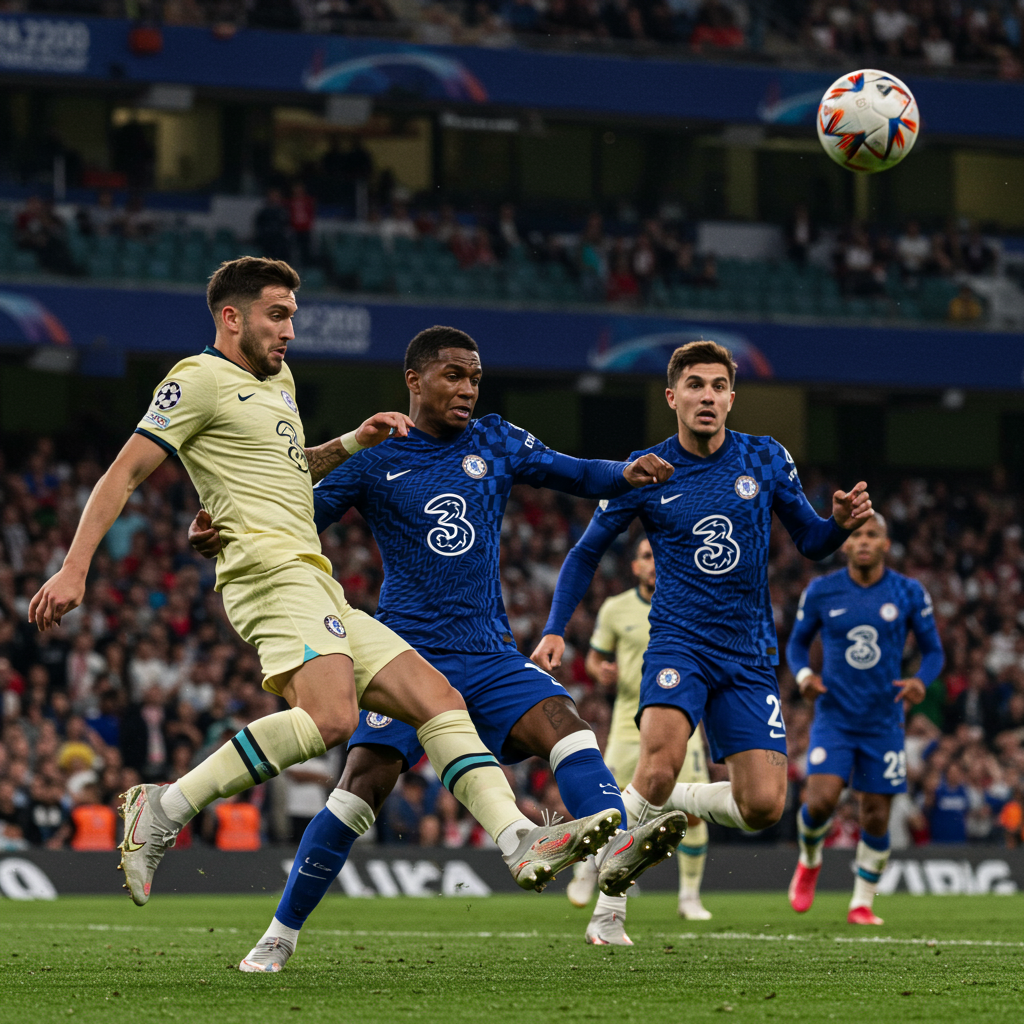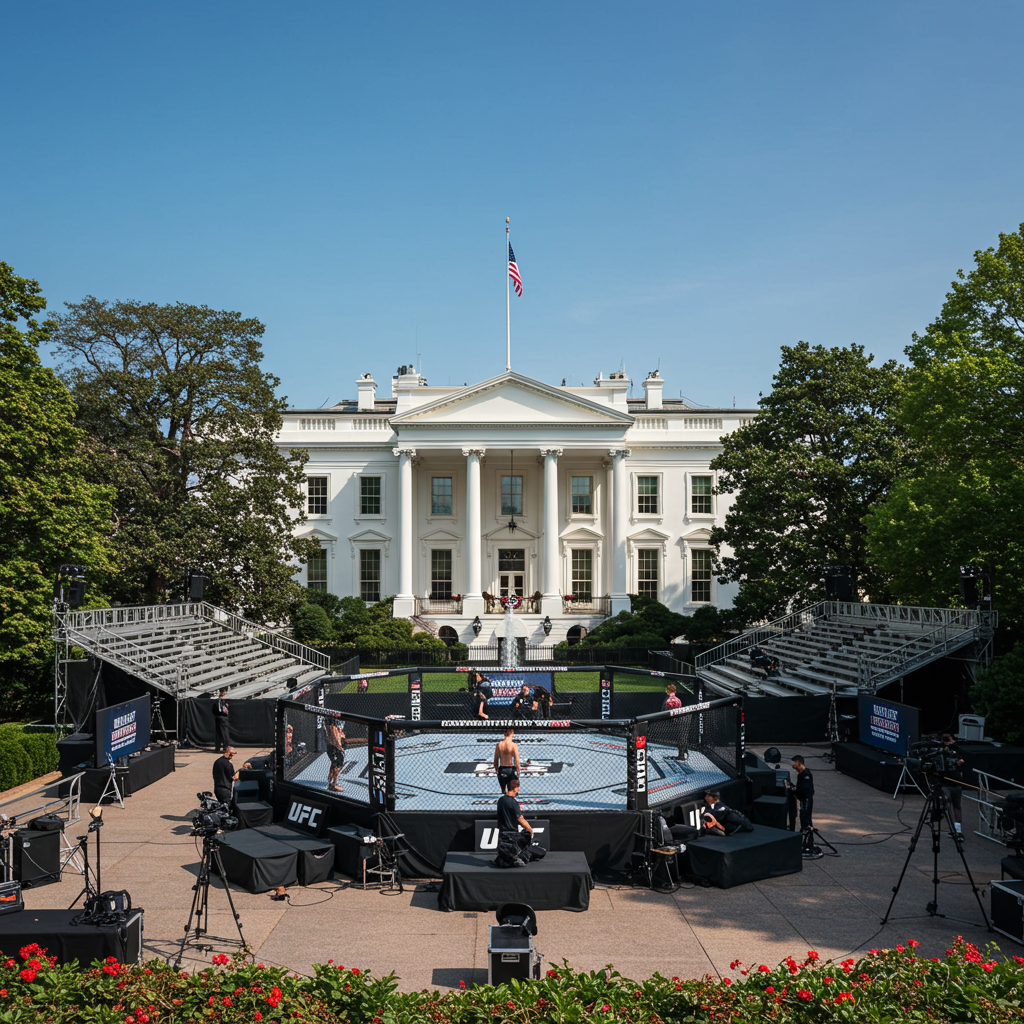The football world is witnessing a seismic shift with the revamped FIFA Club World Cup 2025. This expanded tournament, featuring 32 teams battling across the United States, represents a grand new stage for global club football. Amidst the highly structured format and elite competition, one team seems to navigate this new landscape in a uniquely unpredictable way: chelsea Football Club.
Reaching the semi-finals of a major international competition typically signifies meticulous planning and flawless execution. For Chelsea, however, their journey to the Club World Cup semi-finals feels like a testament to their well-worn reputation for embracing disorder. Their 2-1 victory over Brazilian side Palmeiras in the quarter-finals was less a clinical dismantling and more a chaotic scramble that somehow ended in their favour.
Navigating Financial Sanctions While Chasing Glory
Adding layers to this characteristic Chelsea chaos is the club’s complex financial situation. On the very day they secured their semi-final spot and a significant cash injection, news broke of a substantial £27 million fine levied by UEFA for breaches of financial regulations. This juxtaposition highlights the club’s precarious balancing act between immense spending and regulatory pressures.
Winning the quarter-final match against Palmeiras instantly banked Chelsea £15 million in prize money. Progressing further in the tournament offers even greater financial rewards. If Enzo Maresca’s squad can overcome Fluminense in the semi-final match in New Jersey, they stand to earn an additional £21.8 million according to some reports, or potentially a total prize fund of up to £45 million just for reaching the final, with the winner pocketing around £30 million on top of earlier earnings. This potential prize money influx could effectively offset, or even exceed, the UEFA fine, providing a crucial financial boost in the context of ongoing scrutiny. It underscores how far progression in lucrative tournaments like the expanded Club World Cup can impact a club’s balance sheet.
Squad Depth: The Chelsea Model in Action
Chelsea’s ability to absorb player absences also reflects their unconventional approach. Heading into the crucial semi-final tie, manager Enzo Maresca faces suspensions for key players like center forward Liam Delap and defender Levi Colwill, both accumulating yellow cards in the Palmeiras match. Yet, the squad’s immense depth means replacements are readily available.
Midfielder Moisés Caicedo returns from his own suspension, offering a timely boost. Furthermore, new signing Joao Pedro, acquired from Brighton for an initial £50 million just days prior, made his debut as a substitute against Palmeiras. His immediate availability exemplifies the club’s strategy of building a vast roster capable of rotating through injuries and bans without perceived significant drop-off in overall capability. This deep pool of talent allows the “carousel,” as some describe it, to keep turning, with another high-profile player stepping in to fill any void.
Estêvão’s Stunning Strike Against His Future Club
Perhaps the most unique moment of Chelsea’s quarter-final victory involved a player soon to join their ranks. Estêvão, the highly-rated 18-year-old Brazilian winger, completed a £33.8 million transfer from Palmeiras to Chelsea in June 2024. Due to age regulations, he remained with Palmeiras to continue his development. The Club World Cup presented an unusual scenario where his current and future clubs could potentially clash.
In what proved to be his final appearance for the Brazilian side before his imminent move to Stamford Bridge, Estêvão delivered a performance that both thrilled and frustrated his future employers. With Chelsea leading 1-0 thanks to a Cole Palmer goal, Palmeiras struggled to find a foothold. It was the teenage phenom who reignited their hopes, latching onto a pass, outpacing Levi Colwill, and unleashing a superb right-footed shot that flew in off the underside of the crossbar. This goal showcased audacity, confidence, and undeniable skill, offering a tantalizing glimpse of what Chelsea fans can expect from him. It also highlighted the complex human element within global transfers and tournaments.
The Match That Embodied Chelsea’s Journey
The match against Palmeiras served as a microcosm of Chelsea’s journey through the Club World Cup so far. Cole Palmer’s opening goal provided an early lead, but Estêvão’s brilliant equalizer shifted momentum. Palmeiras, featuring talents like Vitor Roque alongside Estêvão, pressed for a second goal and arguably should have found one during a dominant period.
However, fate, or perhaps just typical Chelsea randomness, intervened in the 83rd minute. A cross from Malo Gusto took two fortunate deflections – first off Agustin Giay, then off goalkeeper Weverton – before trickling into the net. It was a goal that, despite its £15 million value in prize money and its decisive impact on the scoreline, lacked any genuine spectacle. Yet, Chelsea were through. How they got there has led many observers to suggest luck has played a larger role than strategic brilliance.
The Expanded Club World Cup Landscape
Chelsea’s progression occurs within the framework of the significantly expanded FIFA Club World Cup 2025. This event transforms the competition from its previous annual, smaller format into a major quadrennial tournament hosted in the United States. The 2025 edition features 32 teams divided into eight groups, mirroring the structure of past FIFA World Cups. Qualification was primarily earned by winning continental championships over the four years prior to 2025 or via confederation rankings, with Chelsea qualifying as 2021 UEFA Champions League winners.
The tournament unfolds across 12 venues in 11 US cities, with the semi-finals and final held at MetLife Stadium in East Rutherford, New Jersey. This expanded scale and prominent US hosting role positions the event as a significant fixture in the global football calendar, though it has also drawn criticism regarding fixture congestion and player welfare concerns voiced by organizations like FIFPro. The sheer scale, prize money pool ($1 billion total, with substantial payouts to participating and progressing clubs), and inclusion of global stars like Lionel Messi (via a controversial host nation spot for Inter Miami) underscore the tournament’s ambition and financial impact.
Chelsea’s route to the quarter-finals wasn’t seamless. They were described as “mediocre” during the group stage, including a comfortable defeat to Flamengo. Their Round of 16 tie against Benfica was further marked by external factors, including a two-hour weather delay, where the Portuguese side created ample opportunities to secure victory. Despite a path seemingly paved with fortune and lacking consistent dominance, Chelsea finds themselves just 90 minutes away from a final appearance.
Semi-Final Showdown in New Jersey
The semi-final challenge comes against Fluminense, one of the strong Brazilian contingents in the tournament. Having overcome Saudi Arabia’s Al Hilal in their quarter-final match, Fluminense represents the penultimate hurdle for Chelsea. While some analysts perceive Fluminense as arguably the least formidable among the four Brazilian teams competing, navigating a Club World Cup semi-final requires absolute focus and quality.
Just two months prior, Chelsea faced questions about whether their significant investment would yield little more than a UEFA Conference League success, coupled with failing to qualify for the top-tier Champions League. Now, against the backdrop of navigating off-field financial penalties and an often-unconvincing on-field performance style, they are poised to potentially reach the final of a prestigious global tournament. They have already secured a path back to Champions League qualification and the Conference League success earlier in the season, highlighting a bizarrely contrasting narrative arc.
Ultimately, attempting to apply conventional logic to Chelsea’s journey in the 2025 FIFA Club World Cup proves challenging. Their ability to progress despite circumstances that might derail other clubs seems intrinsically linked to the very unpredictability that defines them. Chaos, it appears, remains Chelsea’s peculiar yet effective driving force.
Frequently Asked Questions
What is the new format of the FIFA Club World Cup 2025?
The FIFA Club World Cup 2025 is a significantly expanded tournament featuring 32 teams held every four years, similar to the FIFA World Cup. Hosted in the United States from June 14 to July 13, 2025, it includes a group stage of eight groups with four teams each. The top two teams from each group advance to a knockout phase, starting with the Round of 16, leading to a final. This replaces the previous annual tournament format which involved fewer teams.
How did Chelsea’s match against Palmeiras unfold?
Chelsea defeated Palmeiras 2-1 in the quarter-finals to reach the Club World Cup semi-finals. The match saw Chelsea take the lead through Cole Palmer. Palmeiras equalized with a stunning goal from Estêvão, a player set to join Chelsea after the tournament. Chelsea secured their winning goal late in the second half through a fortunate deflection off a Malo Gusto cross, in a game described as embodying Chelsea’s chaotic path through the competition.
How much prize money does reaching the Club World Cup semi-finals earn Chelsea?
Reaching the Club World Cup semi-finals guarantees Chelsea a substantial amount of prize money. Reports indicate that winning the quarter-final match alone secured the club £15 million. Advancing to the semi-finals ensures further earnings, potentially adding £21.8 million (as per original reports) or contributing significantly to a total prize fund that could exceed £45 million if they reach the final. This financial boost is seen as crucial, especially in light of recent financial sanctions.



